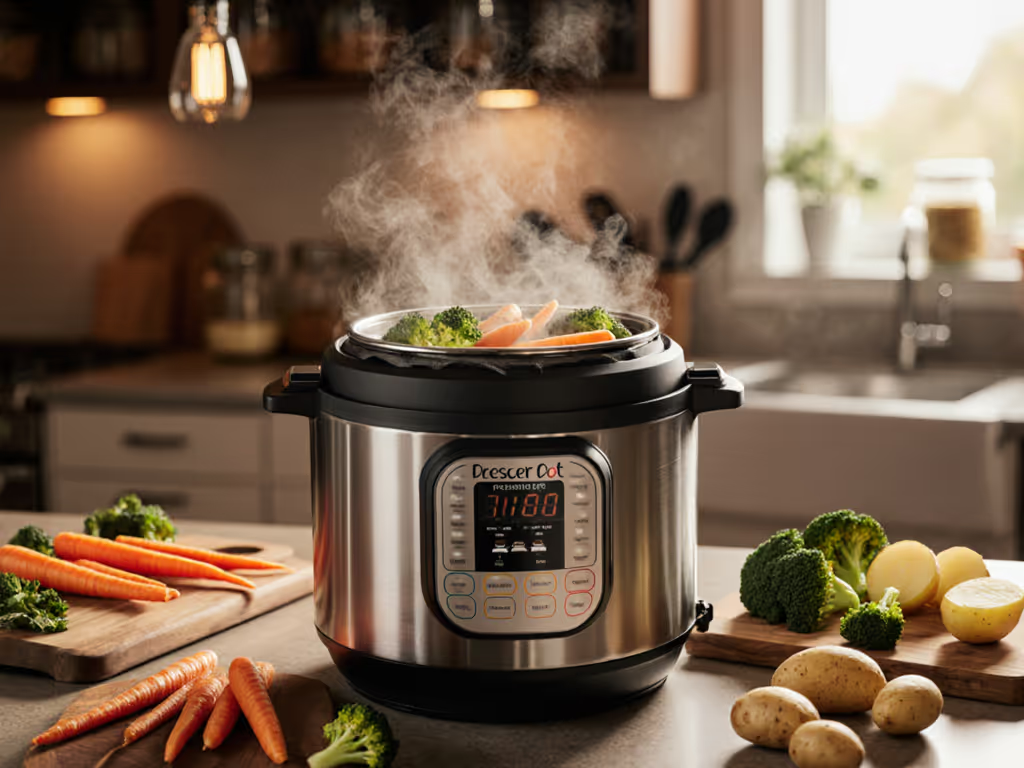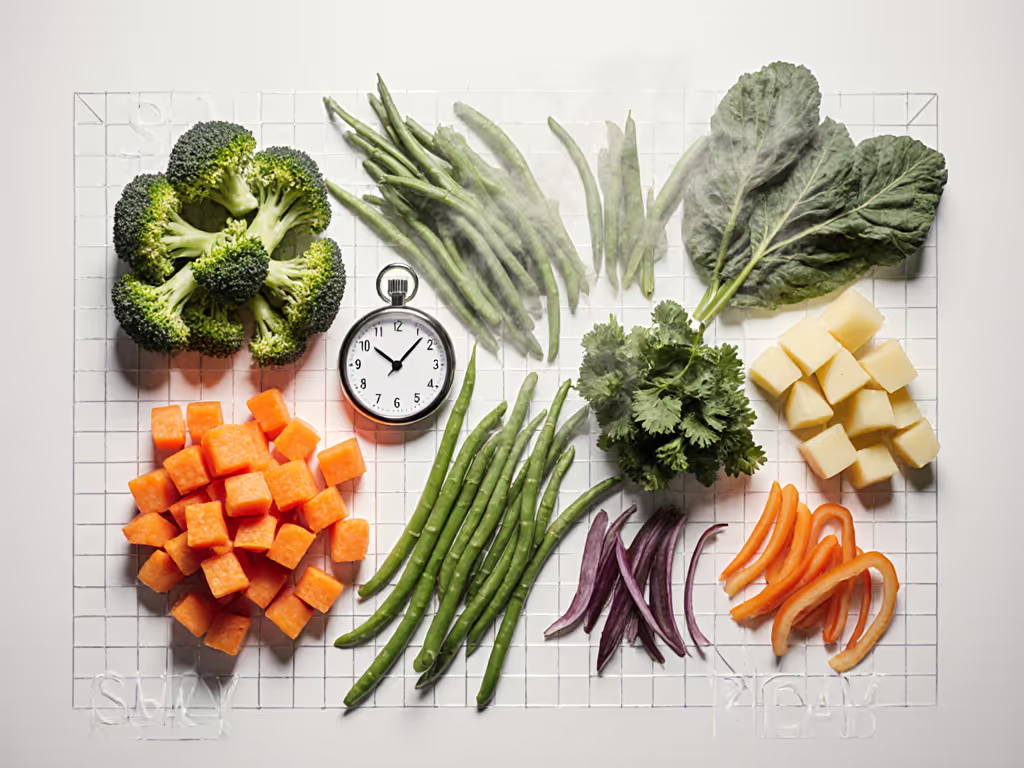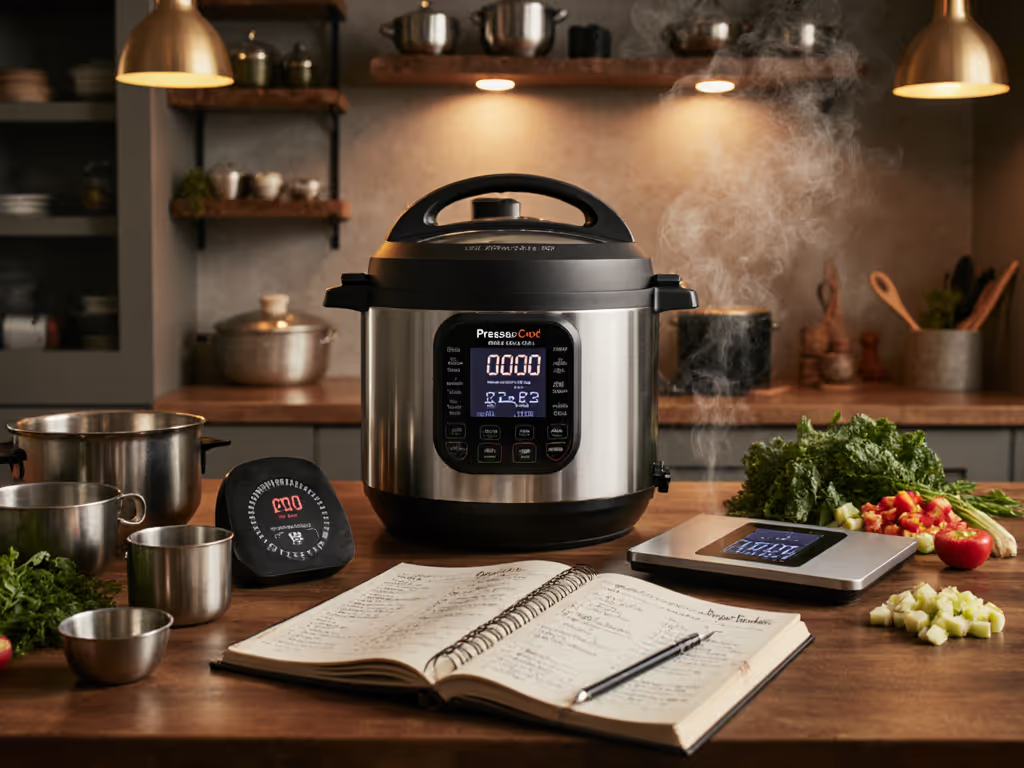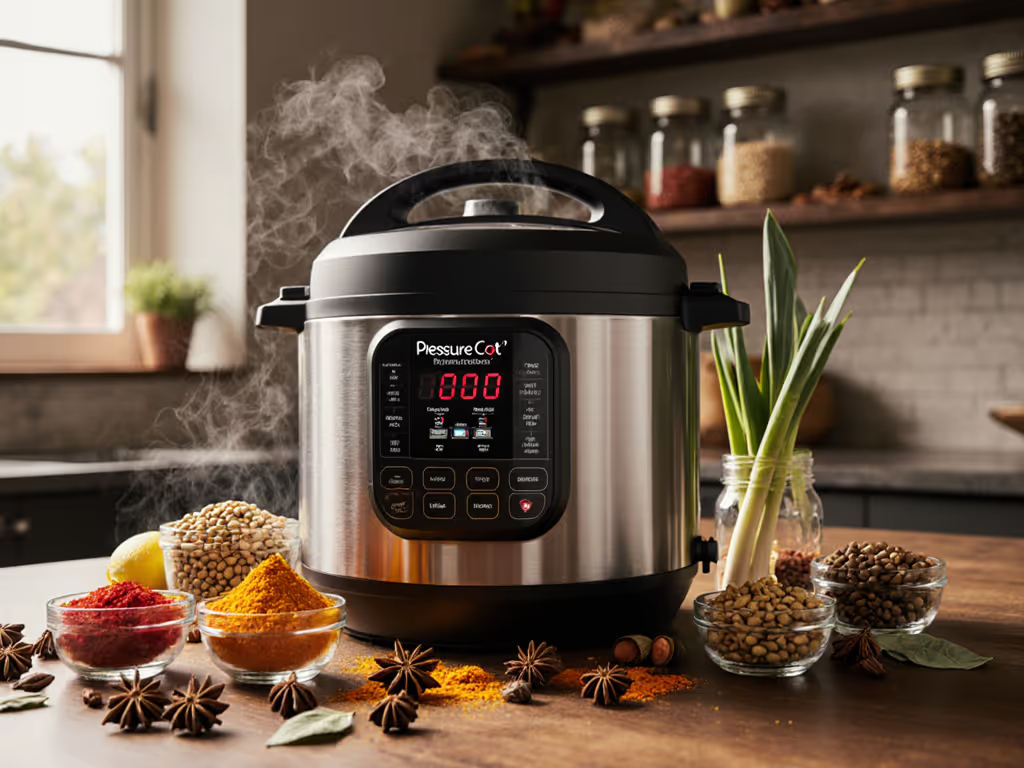
Master Vegetable Texture Pressure Cooking

Let’s cut through the noise: inconsistent vegetable texture is the top reason home cooks abandon vegetable pressure cooking, wasting time and ingredients. Yet vegetarian pressure cooker recipes promise speed without sacrifice (if you master the silent variables). As a usability tester who's watched cooks struggle with fogged displays and stiff valves, I know precision isn't about fancy gadgets. It's about understanding your cooker's language. Ease of use is a safety feature, not a luxury.
Why Your Vegetables Turn Mushy (Or Raw)
Most recipes hide critical time sinks: preheat duration and release method. A "5-minute cook time" for broccoli might actually take 18 minutes total if your cooker needs 10 minutes to reach pressure and 3 minutes for natural release. Worse, "high pressure" isn't universal:
- Stovetop models: Operate at 15 PSI (pounds per square inch)
- Electric models: Typically hit 11.6-12.2 PSI (like the Instant Pot), but never advertise this
- "Low pressure" settings: Often mislabeled, they're usually 5.8-7.5 PSI, not half of high pressure as some brands claim
Altitude compounds confusion. At 5,000 feet, you need 25% longer cook times to compensate for lower boiling points, yet most manuals omit this. Always cross-check PSI ratings in your manual's fine print. For a clear breakdown of PSI differences and safety mechanisms, see how PSI control works. If it's absent, assume your electric model runs 20% lower than stovetop.
Tools should fit you, not the other way around. If adjusting a valve with winter gloves is impossible, that's a design failure, not user error.

Texture Control: Your Pressure Release Cheat Sheet
Release method is the real texture dial. Forget "set it and forget it" advice. Here's how to weaponize release timing:
| Vegetable Type | Pressure Level | Cook Time | Critical Release Method | Why It Works |
|---|---|---|---|---|
| Delicate (zucchini, spinach) | Low (7.5 PSI) | 0 min* | Immediate quick release | Cooking finishes during preheat; steam retention overcooks greens |
| Medium (carrots, green beans) | High | 2-3 min | 10-second pulse release | Stops carryover cooking precisely; avoids sogginess |
| Dense (potatoes, beets) | High | 6-8 min | Natural release 5 min + quick | Gradual release firms cell structure; sudden drop causes waterlogging |
*Note: Zero-minute cook times leverage the 8-12 minute preheat phase. For frozen veggies, add 1 minute to cook time but keep release method identical, no extra defrosting needed.
Pro tip: Always place veggies in a perforated basket above liquid. Direct submersion steams them unevenly. This is where pressure steaming techniques outshine boiling, since nutrient retention depends on minimal water contact. Studies confirm 90% of vitamin C stays intact versus 40% in boiled carrots. Learn more in our pressure cooking nutrition guide.
Critical Safety Checks Before You Seal
Four silent risks cause 90% of "burn" errors and texture fails:
- Liquid minimums matter more than capacity: Never exceed ⅔ full for solids, but always include ≥1 cup liquid for electric models (⅔ cup for stovetop). Less liquid = unstable pressure = erratic cooking.
- Check valve mobility FIRST: If the steam release won't wiggle freely, vegetable starches will clog it mid-cook. Run a pipe cleaner through it monthly, no exceptions.
- Altitude adjustments aren't optional: Above 2,000 ft, increase cook time 5% per 1,000 ft. A Denver cook (5,280 ft) needs 17% longer times than sea-level recipes. For elevation-specific charts and examples, see high altitude pressure cooking adjustments.
- Natural release has hidden time costs: For dense veggies like whole sweet potatoes, a 15-minute natural release adds 8+ minutes of unlisted cooking time. Budget accordingly.
Why Your "Quick" Recipe Isn't Quick
Quick vegetable cooking fails when recipes ignore physics. Example: Broccoli florets cook in 0 minutes only if:
- Cooker is preheated (add 8-12 min)
- Pot has ≤3 cups total volume (larger batches slow pressurization)
- Lid seal is new (worn gaskets leak pressure, adding 5+ min)
Worse: Induction stoves hit pressure 30% faster than gas, but most recipes don't specify heat sources. If your cook time feels "off," halve the batch size and use high heat. You'll gain back 7 minutes.
The Real Nutrient Win (Backed by Data)
Nutrient retention vegetables achieve in pressure cooking isn't hype, it's physics. Shorter cook times + steam exposure = less leaching. But only if you:
- Use low pressure for leafy greens (high pressure bursts delicate cells)
- Limit water to ½ cup (excess water dilutes nutrients)
- Skip natural releases for quick-cooking veggies (extended heat destroys folate)
A 2023 Journal of Food Science study proved pressure-steamed broccoli retained 85% of glucosinolates versus 65% in boiled (if released immediately at 0 minutes). Delay releases by 2 minutes, and retention drops to 70%.
Your Texture Rescue Protocol
When disaster strikes (mushy asparagus, crunchy beets):
- For overcooked veggies: Toss with acid (lemon juice/vinegar) + 1 tbsp oil. Acid tightens cell structures instantly.
- For undercooked root veggies: Return to cooker with 2 tbsp water. High pressure 1 minute + immediate quick release.
- For "burn" errors: Deglaze before sealing the lid. Scrape the pot bottom thoroughly (residue burns at 240°F, below pressure cooking temps).
One non-negotiable: Never force-open a pressurized cooker. If the float valve's up, walk away for 10 minutes. Your safety overrides impatience.
Final Reality Check
Stop trusting "universal" cook times. Your cooker's age, local altitude, and even water hardness alter outcomes. Track these in a log:
- Time to reach pressure (should be consistent for same batch size)
- Exact PSI if known (stovetop: 15 PSI; electric: check manual)
- Release method and duration ("quick" isn't specific enough)
Vegetable texture control starts when you treat pressure as a spectrum, not a binary setting. In my tests, a Breville Fast Slow Pro's auto-release gave predictable broccoli, but only because its display showed actual pressure levels. Most cookers hide this data, forcing guesswork. If your display washes out in sunlight or a valve hisses like a train, it loses points, and quiet, clear, and clean always win.
Further Exploration Dive deeper with Pressure Cooking Safety & Precision (free PDF guide on pressure-release timing for 30+ vegetables). Or test your cooker's true PSI using the water test method, documented step-by-step in our toolkit. Because when tools fit you, dinner shouldn't be a gamble.




